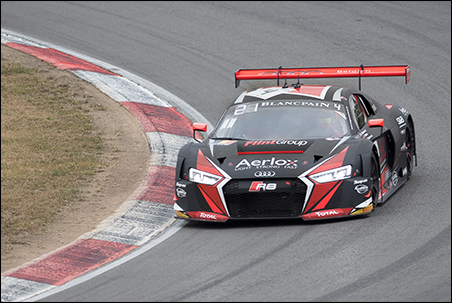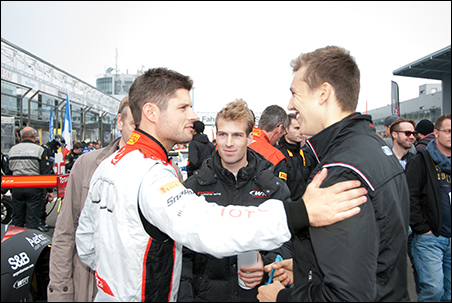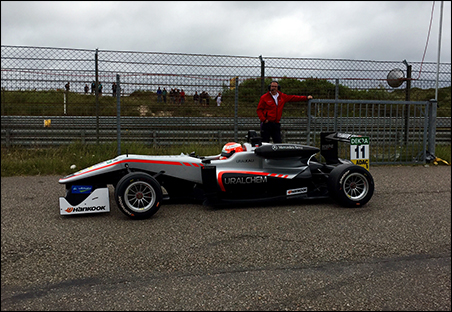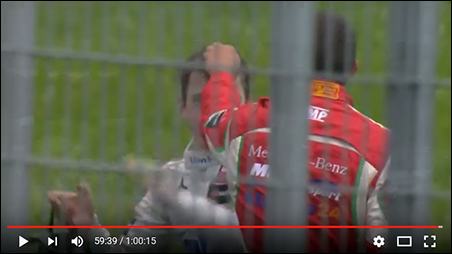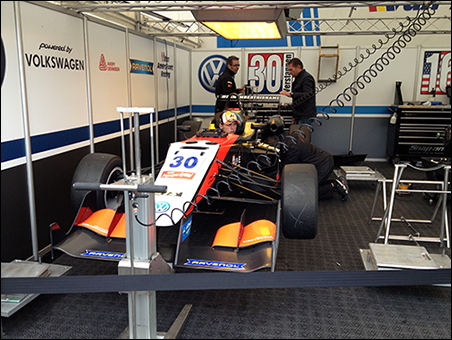He’s a 20-year-old race car driver from Spain. A couple of seasons ago he was a high-flyer in European Formula 3 and last year he made name for himself by claiming P2 in a soaking wet Porsche Carrera Cup Deutschland race in which a submarine would’ve been a far more useful mode of transport than the four-wheeled vehicle he was stuck driving. In 2016, Alex is honing his skills in the VLN Nordschleife championship. He’s racing a Porsche R-Cup in the SP7-class and has already taken five wins, six podiums and a handful of pole-positions.
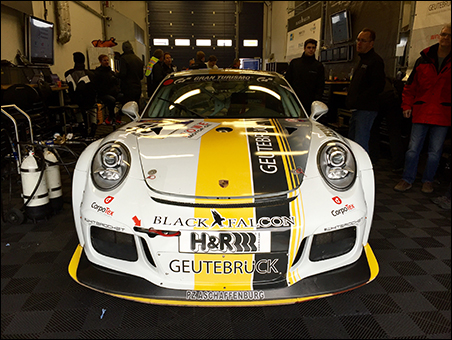
However, Alex’s results aren’t what I want to write about today. Don’t get me wrong, they’re important. Good results like that are what keep a race car driver in business; but they aren’t what make a race car driver cool. And believe me, Alex Toril is cool. Unlike many of his racing colleagues, Alex has got Style – with a capital S. He’s incredibly aware of what he’s wearing and when it comes to his racing gear, he’ll only accept the absolute best. He demands the right size, the right material and, above all, the right colour. This is why a few months ago he decided to swap his old, grey (BORING!) racing gloves for a pair of brand-new, absolutely fabulous pink ones.
On VLN8-Saturday, Alex allowed me a personal Meet & Greet with his pink gloves. (If you looked at your twitter timeline that day, you may have noticed the almost fifty pictures I uploaded of them.) Upon seeing them in real life, I was almost overawed by their sheer awesomeness. Still, despite that I couldn’t help noticing one tragic problem: Alex’s orange helmet didn’t match their radiant colour, not even in the slightest. When I asked Alex about this, it turned out that his superior sense of Style had already noticed the issue ages ago: “Yeah, I know. I really need a pink helmet to match them, but a new helmet costs 2.500 euros! And pink spray paint is another 500. That’s a lot of money.”
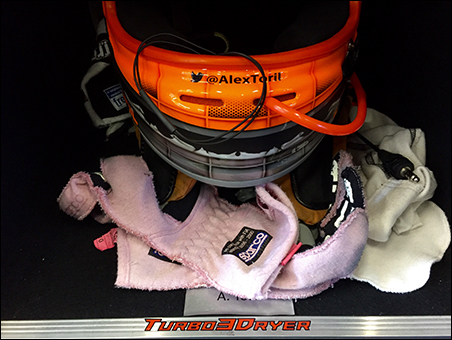
It is, indeed. Most people don’t just have 3.000 euros lying around. I sure don’t and neither do any of my friends – and that’s nothing short of tragic. Go figure. At last there is a driver with the superior brain capacity to recognise the importance of the colour pink for the bettering of his racing career, and then he can’t get the helmet he wishes to have because of A LACK OF MONEY. It’s one thing to not have a race seat due to a lack of money, but missing out on a pink helmet due to financial troubles is just cruel and UTTERLY UNACCEPTABLE. It’s the worst piece of motorsport injustice I’ve ever seen.
Leaving Alex to suffer through this dreadful fate on his own would be inhuman. That is why we need to help him – all of us, together. I already looked into starting a crowdfunding campaign, but since I live life without a credit card that proved a bit complicated. So I’ve come up with an alternative way to help him: we need to find him a personal helmet sponsor. I suggest that next Monday everybody goes to ask his/her employer if they have the financial ability to give Alex the 3000 euros he needs to buy himself his dream helmet. (Please note that in return Alex’ll have to put the sponsoring company’s name on his helmet, but even if you work for a potentially ego-painful company like OB or Always: please don’t let that deter you from asking your bosses for help! Sacrifices must be made for great purposes and no one knows that better than Alex.)
So please, my dear readers, take action.
Do it for motorsport. Do it for justice. But, above all, do it for Alex.
(And maybe also do it a little bit for me.)
Footnote: please note that most of the content of this blog has been blown up, overdone, overdrawn, and utterly exaggerated. The entire text is to be taken with a healthy pinch of salt. 😉

